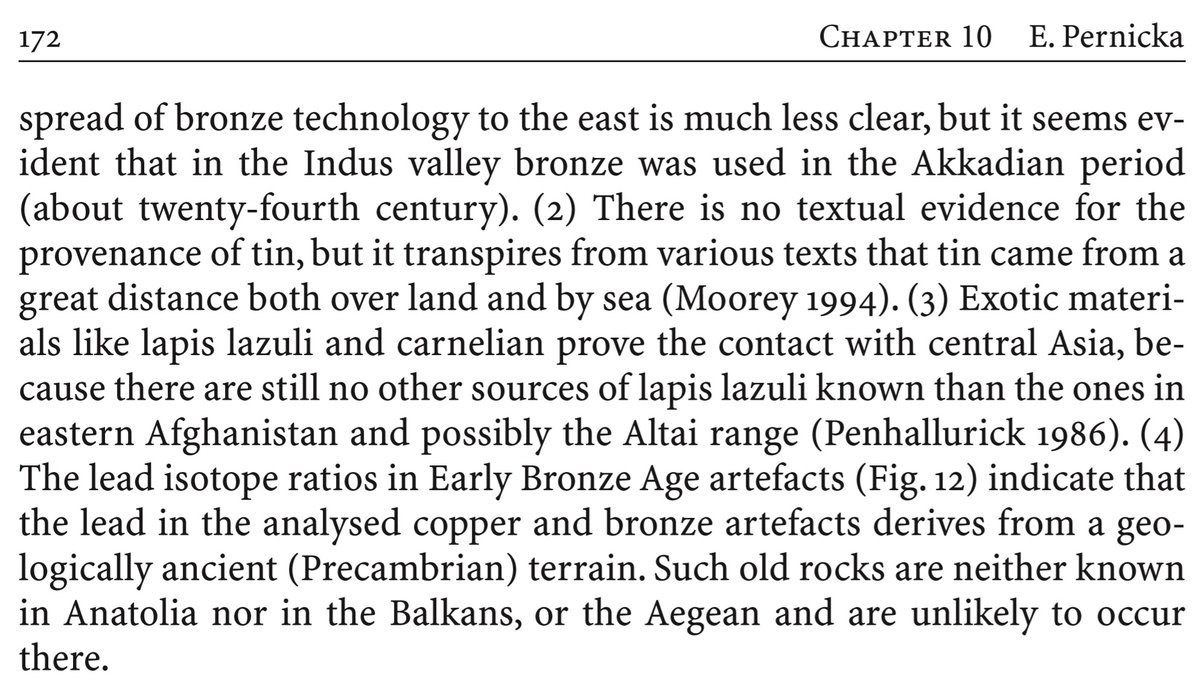How to get URL link on X (Twitter) App

https://twitter.com/shilpa_khopade/status/1393108754904793091Yes, a Con victory was extremely painful for the country, but arguably less worse than a perpetually approval-seeking Adv. would've been, having cast aside all his old principles. It forced the BJP to rethink its stand, and take some hard decisions.
https://twitter.com/maidros78/status/1370095585789767680If the argument is that they were middle-class and above as OP said, it is certainly not the case.
https://twitter.com/Aban__Ind/status/1370265830202613762?s=19

 This is in Phaladhara-Panchadhara, Srisailam.
This is in Phaladhara-Panchadhara, Srisailam.https://twitter.com/IndicHistory/status/1360113588698894337In Harappan sites, metal objects were never left as grave goods, except, interestingly, mirrors. This is why, it is virtually impossible to determine the timing of important metallurgical developments in India.
https://twitter.com/iosif_lazaridis/status/1345071089320341512Tin, a rather rare metal, was a very crucial resource. The elites in the European Bronze Age, even into mid-2nd millennium BCE, were those who controlled supply and production of tin-bronzes. Nobles had superior bronze weapons, objects; commoners had to make do with copper.

https://twitter.com/NirajRai3/status/1318820967011864576
 Lead isotope analysis clearly shows the source of copper in 3rd millennium BCE tin-bronzes to be the Aravallis (Precambrian deposits). Additionally, other trademark Indus commodities like lapis lazuli and carnelian also made their way to Europe via Anatolia.
Lead isotope analysis clearly shows the source of copper in 3rd millennium BCE tin-bronzes to be the Aravallis (Precambrian deposits). Additionally, other trademark Indus commodities like lapis lazuli and carnelian also made their way to Europe via Anatolia.
https://twitter.com/somnath1978/status/1230327558685822976Michael Faraday, of all people, was entrusted with task of reverse-engineering Indian steels. Yet, Brits weren't successful. So they did the next best thing: ban mining by Indians altogether. And this was when the Brits couldn't even recognise zinc in late 19th cent. @somnath1978
https://twitter.com/madhukishwar/status/1137979090416226304This is truly scary, as random individuals could be framed by #jihadi police personnel at the bidding of peaceful politicians.
